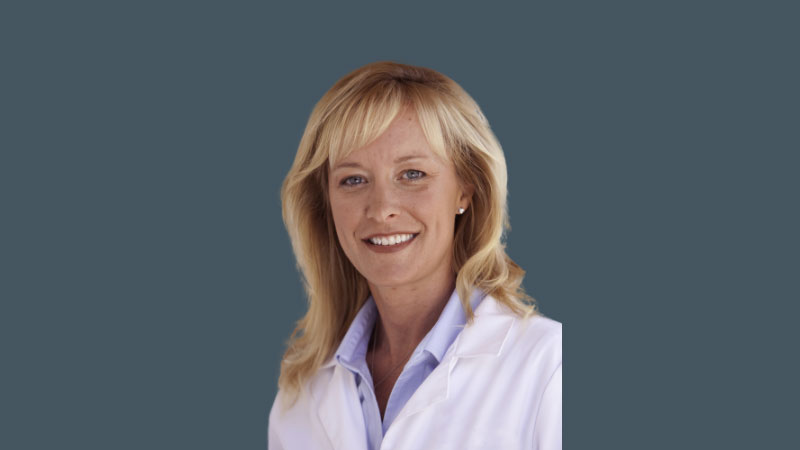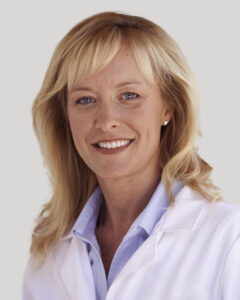
When Dr. Cheryl Winchell was diagnosed with breast cancer in her late 20s, she realized her life-saving treatment could put her at risk for another devastating condition – osteoporosis.
Osteoporosis is characterized by extremely low bone density, which makes bones brittle and prone to breaking. It’s estimated that osteoporosis affects about 10 million Americans (Bone Health & Osteoporosis Foundation, 2021). Another 44 million have osteopenia, low bone density that is thought to be a precursor to osteoporosis.
 Dr. Winchell, who practices at WellMed in Sebastian in Florida, compares healthy bones to lava rock; thick and hard, but with holes in it. As people age, bone gradually gets more porous and weaker. This is when breaks can start to occur, Dr. Winchell says.
Dr. Winchell, who practices at WellMed in Sebastian in Florida, compares healthy bones to lava rock; thick and hard, but with holes in it. As people age, bone gradually gets more porous and weaker. This is when breaks can start to occur, Dr. Winchell says.
Risk factors include age, family history, a decrease in hormone levels for both women and men, some medications, and smoking.
Other risk factors are race – Asian and non-Hispanic white women are at higher risk than Hispanic and African American women – and illnesses such as endocrine and hormonal diseases, gastrointestinal diseases, rheumatoid arthritis, certain types of cancer and HIV/AIDS.
Dr. Winchell has several risk factors. Along with a family history of the bone disease, she faces increased risk from her cancer treatment. She takes a hormone blocker, which lists osteoporosis as a possible side effect, and had a full hysterectomy as a precaution against the breast cancer returning. At 50, Dr. Winchell was diagnosed with osteopenia. To fight the disease, she eats a healthy diet, takes calcium and vitamin D supplements and exercises daily.
Osteoporosis is more common in women than men. Because there are no symptoms for low bone density, such as pain, a break is often the first sign, which makes it important to start screening early, and regularly. A bone mineral density test is painless and noninvasive. Women should be screened around age 50 and every two years after that as long as results are normal. Another good time to start screening is sometime in the first five years after menopause. Women tend to lose bone density rapidly during this time.
Following a healthy lifestyle that includes a good diet, regular exercise and quitting smoking helps prevent osteoporosis. Eating calcium-rich foods and getting enough protein and vitamin D helps build healthy bones. Other advice includes staying within a healthy weight range and getting regular aerobic and weight-bearing exercise such as walking, dancing, tai chi and strength training. Dr. Winchell suggests exercising while carrying one-pound weights to add resistance for the upper body.
Talk to your doctor about long-term use of medications that may cause bone loss and, while you’re at it, fall prevention. There are affordable ways to fall-proof your home, including using brighter light bulbs in dim areas, getting rid of trip hazards such as throw rugs and installing grab bars in the bathroom. And finally, If you smoke, stop. Enroll in a smoking cessation program that can help you quit.


